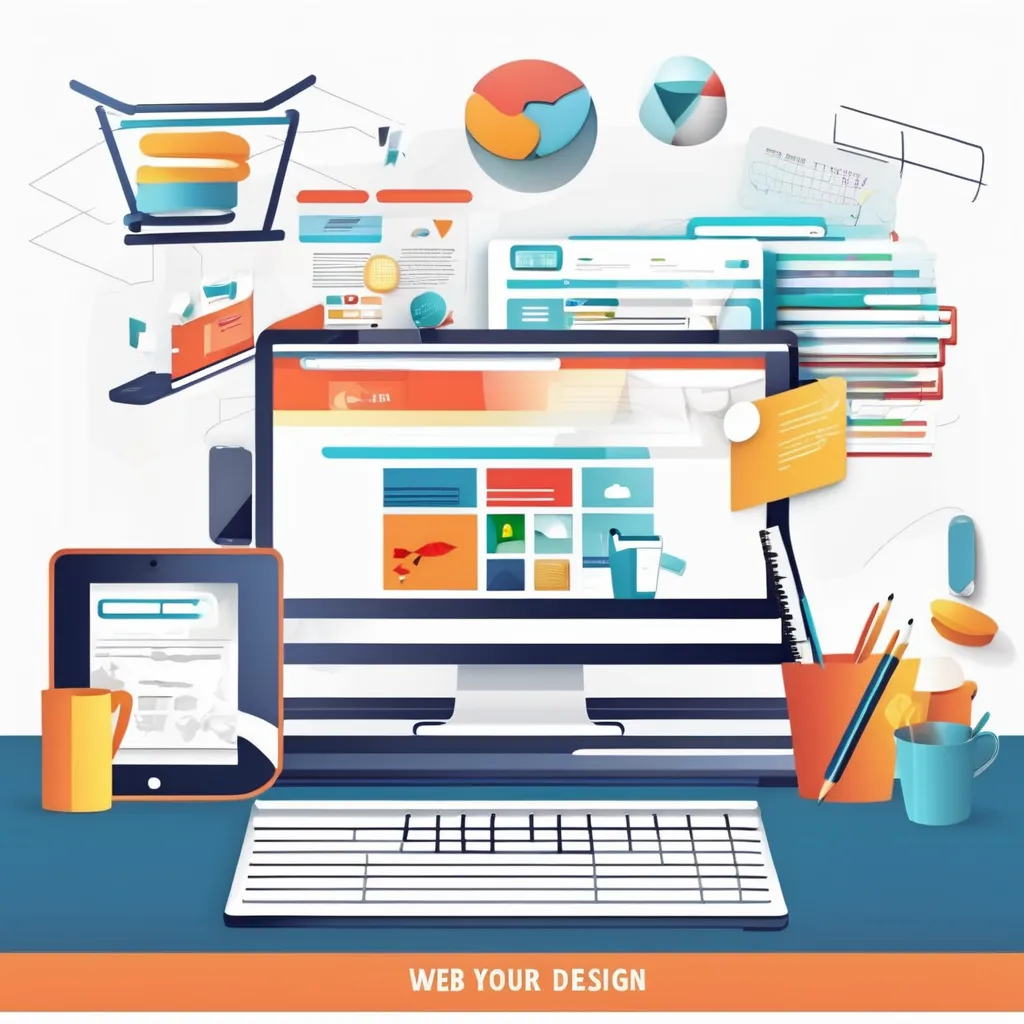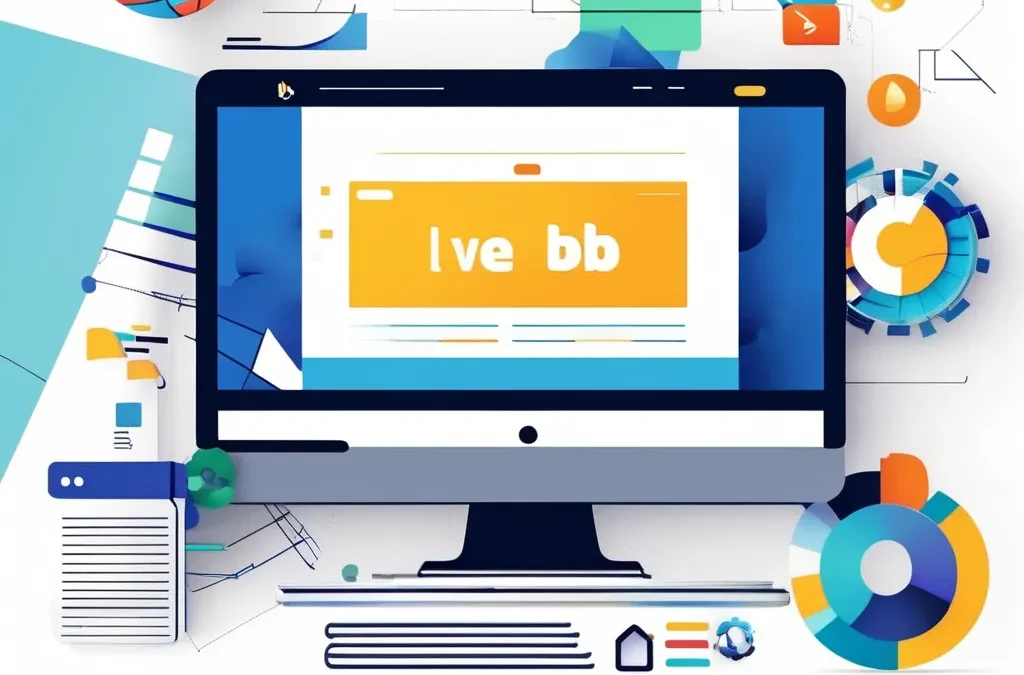Using Micro-Interactions in Web Design
Contents
- 1 Using Micro-Interactions in Web Design
- 1.1 Introduction
- 1.2 Understanding Micro-Interactions in Web Design
- 1.3 Key Benefits of Using Micro-Interactions in Minimalist Website Design: A Guide for Clean Aesthetics
- 1.4
- 1.5
- 1.6
- 1.7 Best Practices for Implementing Micro-Interactions in Minimalist Website Design: A Guide for Clean Aesthetics
- 1.8 Examples of Effective Micro-Interactions in Minimalist Website Design: A Guide for Clean Aesthetics
Introduction
Have you ever visited a website and felt instantly connected to its experience—like it was designed just for you? You may not realize it, but micro-interactions play a huge role in making that happen. These tiny design elements, like a button lighting up when hovered over or a loading icon that spins as you wait, seem small but have a significant impact on how we interact with websites. In micro-interactions web design, these subtle features keep users engaged, add a layer of interactivity, and create a more fluid user experience.
Today, as websites focus on clean aesthetics and user-centered design, micro-interactions have become essential for adding depth without overwhelming the user. Whether you’re creating an e-commerce platform or a blog, mastering micro-interactions can help you build a site that feels intuitive and engaging. So, how exactly do micro-interactions elevate web design? Let’s dive into their key benefits, best practices, and how they can transform a minimalist website into a captivating user experience.
Understanding Micro-Interactions in Web Design
At its core, micro-interactions are small, interactive moments within a user interface designed to communicate information, provide feedback, and enhance the overall experience. They may seem like minor details, but they are the silent heroes of web design, guiding users and adding personality to a site.
Key Functions of Micro-Interactions:
- Provide Feedback: Whether it’s a button changing color after being clicked or a form validating an input, micro-interactions give users immediate responses.
- Guide Users: Subtle animations or hover effects help users understand how to interact with the site, enhancing navigation.
- Create Engagement: Small rewards, like confetti bursts or simple animations, can make mundane tasks feel fun and engaging.
In micro-interactions web design, these features are integrated seamlessly into the layout, often going unnoticed until they’re missing. Users appreciate the subtlety but don’t necessarily need to be aware of it—micro-interactions are like the seasoning in a delicious meal: enhancing the experience without overpowering it.
Key Benefits of Using Micro-Interactions in Minimalist Website Design: A Guide for Clean Aesthetics
Enhancing User Engagement
Immediate Feedback for User Actions:
One of the most vital roles of micro-interactions is providing feedback. Imagine clicking a button, and nothing happens. Frustrating, right? Now, picture the same button lighting up or animating slightly after the click—suddenly, the interaction feels responsive. This instant feedback reassures users that their action was successful, making the experience more fluid.
Humanizing the Website Experience:
Micro-interactions can add a playful, human touch to websites. Think of small animations when completing tasks or icons that move to reward the user for an action. These seemingly insignificant touches make websites feel more personal and enjoyable, creating a more inviting environment.
Improving Usability in Minimalist Website Design: A Guide for Clean Aesthetics
Reducing User Frustration:
Error notifications, animated guidance, and loading indicators all help reduce frustration by giving users clear visual cues. For instance, a progress bar during form submission assures users that something is happening behind the scenes, preventing them from abandoning the task out of impatience.
Smooth animations between pages or micro-interactions that highlight key navigation points help users flow effortlessly through the website without ever feeling lost.

Micro-Interactions Web Design
Best Practices for Implementing Micro-Interactions in Minimalist Website Design: A Guide for Clean Aesthetics
Focus on Purposeful Design
Less is More: Aligning with Minimalism
In minimalist web design, micro-interactions should be used sparingly to avoid overwhelming the user. They must serve a clear purpose, such as signaling an action or guiding a user’s next step. For example, hover effects on a menu item can reveal subcategories without adding clutter to the page.
Keeping Interactions Functional, Not Distracting
The best micro-interactions blend seamlessly into the design. Rather than being flashy or distracting, they should enhance usability. A gentle bounce when a button is pressed or a simple fade-out for notifications ensures interactions are functional and clean.
Consistency in Design Language
Ensuring Cohesion with Overall Aesthetic
It’s crucial to synchronize the style, color palette, and movements of micro-interactions with the overall design of the website. If the website follows a minimalist aesthetic, the micro-interactions should be equally subtle and refined. Avoid abrupt or overly complex animations that break the flow of the site.
Repeating Patterns for Recognizable User Actions
Repetition is key to ensuring users understand the interaction pattern across the site. For example, if a hover effect is used on one element, consider using it on similar clickable areas to create a consistent experience.
Examples of Effective Micro-Interactions in Minimalist Website Design: A Guide for Clean Aesthetics
Common Micro-Interactions in UI/UX
Hover Effects and Button Animations
Hover effects are among the simplest but most effective micro-interactions. When a user hovers over a clickable element, the slight change in color or animation signals that the element is interactive. This visual cue reduces cognitive load by making navigation intuitive.
Animating Buttons to Highlight Interactivity
Animating buttons upon user action encourages interaction. For example, a submit button might enlarge slightly or change color once clicked, ensuring the user knows their input is being processed.
Personalized User Experiences
Welcome Messages and Notifications
Personalization through micro-interactions can improve engagement. Welcome messages or real-time notifications tailored to the user’s behavior, like a pop-up saying “Welcome back, John!” after logging in, adds a human touch.
Real-Time Notifications for Updates and Alerts
Subtle notifications that appear briefly and fade away keep users informed without interrupting their browsing. For example, a notification might appear when a message is received or when a download is complete, fading out once acknowledged.

